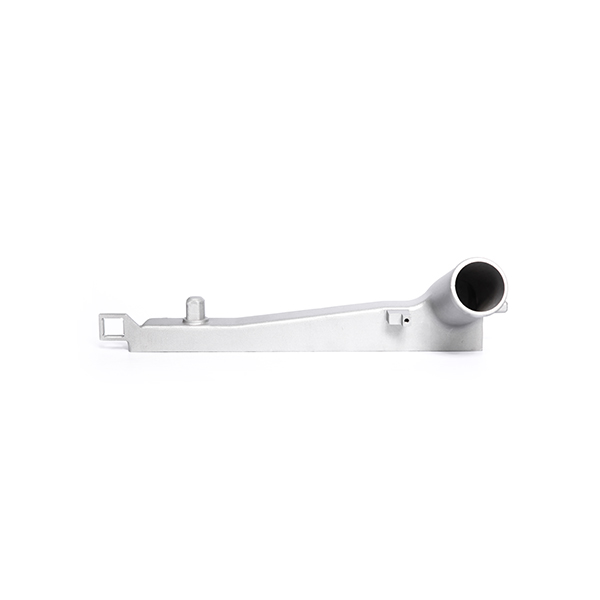Mobile:+86-311-808-126-83
Email:info@ydcastings.com
English
cast iron waste pipe connector
Understanding Cast Iron Waste Pipe Connectors
Cast iron waste pipe connectors are an essential component in modern plumbing systems. Renowned for their durability and strength, these connectors play a crucial role in the effective management of waste water in residential and commercial buildings. In this article, we will explore their composition, applications, advantages, and some considerations for installation and maintenance.
What are Cast Iron Waste Pipe Connectors?
Cast iron waste pipe connectors are fittings designed to connect lengths of cast iron pipes in a plumbing system. These connectors are typically manufactured from high-quality cast iron, which provides excellent resistance to corrosion and wear. They come in various shapes and sizes, allowing for versatility in plumbing designs, such as straight connectors, elbows, tees, and more.
Applications of Cast Iron Waste Pipe Connectors
The primary application of cast iron waste pipe connectors is in drainage systems. They are commonly used in residential, commercial, and industrial plumbing setups. Due to their strength, they are particularly valuable in systems that require the transport of heavy waste materials, including sewage. Additionally, cast iron is known for its sound insulation properties, making it an ideal choice in multi-story buildings where noise reduction is essential.
Moreover, these connectors can be found in both below-ground and above-ground applications. Below ground, they are often used in sewer lines and drainage systems, while above ground, they can be part of waste lines that transport water from sinks, toilets, and bathtubs.
Advantages of Cast Iron Waste Pipe Connectors
cast iron waste pipe connector

One of the biggest advantages of using cast iron waste pipe connectors is their durability. Cast iron can withstand significant weight and pressure, making it less prone to breakage compared to plastic alternatives. This resilience extends the life of plumbing systems, reducing the need for frequent repairs and replacements.
Furthermore, cast iron connectors exhibit excellent resistance to fire and extreme temperatures, which can be critical in certain applications. They also offer superior sound dampening properties, minimizing noise pollution from plumbing systems, thus enhancing the comfort of indoor environments.
Additionally, cast iron is a recyclable material, which aligns with environmentally sustainable practices. When replaced, cast iron representatives can often be repurposed, reducing environmental impact compared to some plastic materials that may contribute to landfill waste.
Installation and Maintenance
Installing cast iron waste pipe connectors typically requires skilled labor because of their weight and the need for precise alignment. It is essential to use proper techniques to ensure that there are no leaks at the joints, which can lead to significant issues over time.
Routine maintenance is necessary to avoid blockages and to ensure that the system functions correctly. Regular inspections can help identify potential problems like cracks or rusting, allowing for timely repairs. Unlike plastic, cast iron can develop a patina over time, which can actually protect it from further corrosion. However, it is still crucial to maintain clear drainage paths.
Conclusion
Cast iron waste pipe connectors are an indispensable part of effective plumbing systems. Their durability, sound insulation properties, and fire resistance make them an excellent choice for both residential and commercial applications. As plumbing technology continues to evolve, understanding the materials and components that play a significant role in these systems is crucial for homeowners and professionals alike. Proper installation and maintenance practices will ensure that these connectors contribute to a reliable and efficient plumbing infrastructure for years to come.
-
Materials Used in Manufacturing Cap End Pipe FittingsNewsNov.24,2025
-
Material Properties of CF8M CastingNewsNov.24,2025
-
How to Inspect Pump Cap Ends for DamageNewsNov.21,2025
-
Backward Curved Impeller – Efficient Airflow Solutions for Industry | YD CastingsNewsNov.21,2025
-
Automobile Water Pump - Efficient, Quiet, Durable & ElectricNewsNov.21,2025
-
Impeller for Pumps – High-Efficiency, Durable, OEM-ReadyNewsNov.21,2025











